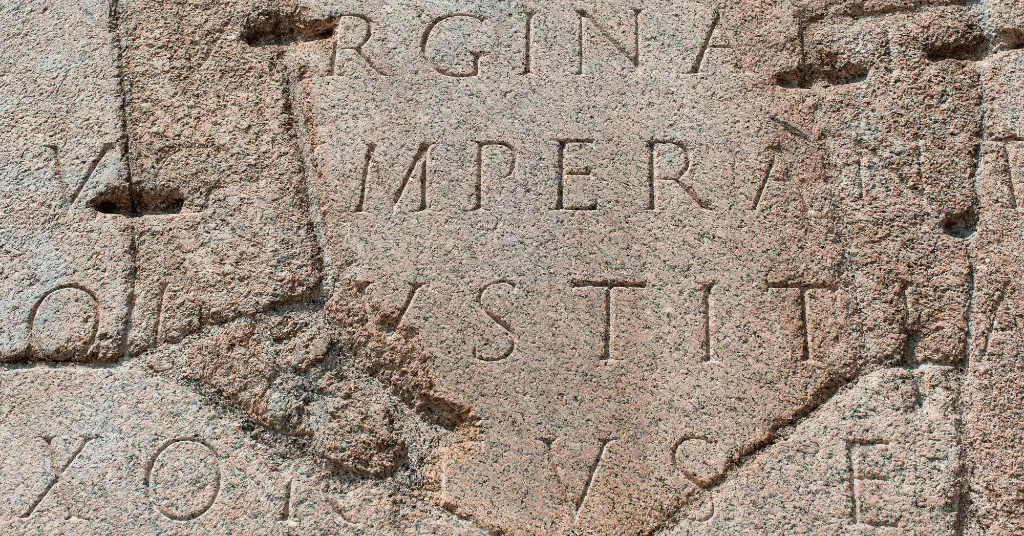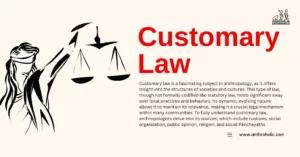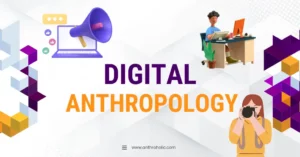AI Answer Evaluation Platform Live Now. Try Free Answer Evaluation Now
Historical Linguistics
Language is an essential aspect of human communication, and it is one of the most dynamic aspects of human society. It is constantly changing and evolving, and this change is reflected in the way we speak and write. Historical linguistics is a subfield of linguistics that studies the evolution of languages over time. It is concerned with the changes that occur in language over long periods of time and the processes that lead to these changes.

History of Historical Linguistics
The study of historical linguistics dates back to the early nineteenth century when scholars began to investigate the relationships between different languages. The first systematic attempt to trace the evolution of languages was made by Sir William Jones in the late eighteenth century. He noticed similarities between Sanskrit, Greek, and Latin and hypothesized that they shared a common ancestor. This idea was later developed by other scholars, including Franz Bopp, August Schleicher, and Jacob Grimm.
One of the most significant contributions to historical linguistics was made by Ferdinand de Saussure, who proposed the theory of the sign. He argued that language is a system of signs, and each sign consists of a signifier (the sound or written form) and a signified (the concept or meaning). Saussure’s theory of the sign laid the foundation for structural linguistics, which dominated linguistics in the first half of the twentieth century.
Key Concepts in Historical Linguistics
There are several key concepts in historical linguistics that are essential to understanding the field. These include the following:
- Language Families: A language family is a group of languages that are related to each other because they share a common ancestor. For example, the Indo-European language family includes languages such as English, Spanish, French, and Hindi.
- Sound Change: Sound change refers to the changes that occur in the pronunciation of words over time. These changes can be gradual or sudden, and they can lead to the creation of new sounds and the loss of old ones.
- Comparative Method: The comparative method is a method used to reconstruct the common ancestor of a group of related languages. It involves comparing the similarities and differences between languages and looking for regular patterns of sound change.
- Language Reconstruction: Language reconstruction involves using the comparative method to reconstruct the common ancestor of a group of related languages. This can provide insights into the linguistic and cultural history of a particular region.
Methods of Study
Historical linguistics uses a variety of methods to study the evolution of languages over time. These include the following:
- Comparative Method: As mentioned earlier, the comparative method is a key method used in historical linguistics. It involves comparing the similarities and differences between languages and looking for regular patterns of sound change.
- Internal Reconstruction: Internal reconstruction is a method used to reconstruct the pronunciation and meaning of words in a language that is no longer spoken. It involves looking for regular patterns of sound change within a single language.
- Lexicostatistics: Lexicostatistics is a method used to measure the degree of similarity between languages based on their vocabulary. It involves comparing the words in two or more languages and looking for similarities and differences.
- Etymology: Etymology is the study of the history and origins of words. It involves tracing the origins of words back to their earliest known forms and looking at how they have changed over time.
Applications of Historical Linguistics
Historical linguistics has several applications, including the following:
- Language Evolution: Historical linguistics can help us understand how languages have evolved over time and the factors that have influenced these changes. This can provide insights into the linguistic and cultural history of a particular region.
- Language Contact: Historical linguistics can also help us understand the effects of language contact, which occurs when two or more languages come into contact with each other. This can lead to the borrowing of words and grammatical structures between languages, and historical linguistics can help us trace the origins of these borrowings.
- Language Classification: Historical linguistics can help us classify languages into families based on their shared ancestry. This can help us better understand the relationships between different languages and their cultural and historical contexts.
- Language Revitalization: Historical linguistics can also play a role in language revitalization efforts. By studying the history and evolution of a language, linguists can help to identify features that can be used to preserve and revitalize endangered languages.
Challenges in Historical Linguistics
Despite its many applications, historical linguistics also faces several challenges. One of the main challenges is the lack of written records for many ancient languages. This can make it difficult to reconstruct the pronunciation and meaning of words and to trace the evolution of languages over time.
Another challenge is the fact that languages can evolve in different ways depending on their sociolinguistic context. For example, a language spoken in a multilingual community may borrow more words from other languages than a language spoken in a monolingual community. This can make it difficult to compare and reconstruct the histories of different languages.
Conclusion
Historical linguistics is an essential subfield of linguistics that studies the evolution of languages over time. It is concerned with the changes that occur in language over long periods of time and the processes that lead to these changes. Key concepts in historical linguistics include language families, sound change, the comparative method, and language reconstruction. Historical linguistics uses a variety of methods to study language evolution, including the comparative method, internal reconstruction, lexicostatistics, and etymology. Despite its many applications, historical linguistics also faces several challenges, including the lack of written records for many ancient languages and the fact that languages can evolve in different ways depending on their sociolinguistic context. Nevertheless, historical linguistics continues to be an important area of research that provides insights into the linguistic and cultural history of different regions of the world.



